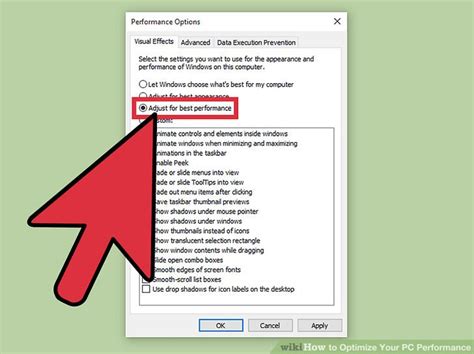How to optimize gym time for peak strength & lean mass efficiently?

Maximize Every Minute: The Science of Efficient Training
In the quest for peak strength and lean muscle mass, simply showing up to the gym isn’t enough. True progress comes from strategic planning and execution, ensuring every minute under the bar contributes directly to your goals. This guide will walk you through the most effective methods to optimize your gym time, transforming your workouts into powerful catalysts for growth and strength.

Prioritize Compound Movements
The foundation of any efficient strength and mass building program lies in compound exercises. Lifts like squats, deadlifts, bench presses, overhead presses, and rows engage multiple muscle groups simultaneously, allowing you to lift heavier loads and stimulate a greater anabolic response. Focusing the majority of your gym time on these movements ensures maximum bang for your buck, developing foundational strength and muscle across your entire body.
Allocate the first 30-45 minutes of your primary lifting sessions to these heavy, multi-joint exercises. This is when your energy levels are highest, allowing for maximal effort and neurological engagement.
Embrace Progressive Overload Relentlessly
The principle of progressive overload is non-negotiable for continuous gains. To get stronger and build more muscle, you must consistently challenge your body beyond its previous limits. This can be achieved by:
- Increasing the weight lifted
- Performing more repetitions with the same weight
- Doing more sets
- Reducing rest times (when appropriate)
- Improving lifting technique or range of motion
Track your workouts meticulously. Log your sets, reps, and weights. Reviewing your logs before each session allows you to set specific, challenging targets, ensuring you’re always striving to surpass your last performance.

Strategic Rep Ranges and Periodization
While heavy lifting (1-5 reps) builds absolute strength, moderate rep ranges (6-12 reps) are crucial for hypertrophy (muscle growth), and even higher reps (12-20+) can improve muscular endurance and aid in recovery. An optimized program often incorporates a mix, or uses periodization where you cycle through different rep ranges over time.
Consider dedicating specific blocks or phases to different rep ranges to continuously challenge your muscles in novel ways and prevent plateaus. For example, a strength block might focus on 3-5 reps for main lifts, followed by a hypertrophy block with 8-12 reps.
Optimize Rest Periods
Rest periods are not downtime; they are a critical component of your training intensity. For peak strength and heavy compound lifts, longer rest periods (2-5 minutes) are necessary to allow for adequate ATP resynthesis and neural recovery, ensuring you can perform subsequent sets with maximum effort. For hypertrophy-focused accessory work, slightly shorter rest periods (60-120 seconds) can be effective for increasing metabolic stress.
Avoid excessive rest periods where you lose focus. Stay engaged, review your next set, and hydrate.

Streamline Your Workout Structure
Dynamic Warm-up (5-10 minutes)
Crucial for injury prevention and performance. Focus on dynamic stretches and light cardio to prepare your body for the movements ahead.
Working Sets (45-60 minutes)
This is where the bulk of your effort goes. Prioritize your heavy compound lifts first, followed by isolation or accessory exercises to target specific muscle groups for hypertrophy or weaknesses.
Cool-down & Static Stretching (5-10 minutes)
Helps with flexibility and aids in recovery. Don’t skip this, as it signals your body to transition out of the intense workout state.

Beyond the Gym: Recovery and Nutrition
While this article focuses on gym time, remember that your gains are forged outside the gym as well. Adequate sleep (7-9 hours), a protein-rich diet, and sufficient caloric intake are paramount for muscle repair, growth, and energy levels. Neglecting these aspects will significantly hinder your ability to optimize gym time for results.

Conclusion: Train Smarter, Not Just Harder
Optimizing your gym time for peak strength and lean mass isn’t about magical shortcuts; it’s about intelligent, consistent application of proven principles. By prioritizing compound lifts, embracing progressive overload, strategically managing rep ranges and rest periods, and structuring your workouts efficiently, you’ll unlock your full potential and make every gym session count. Remember, consistency and dedication to these principles will yield the most profound and lasting results.






